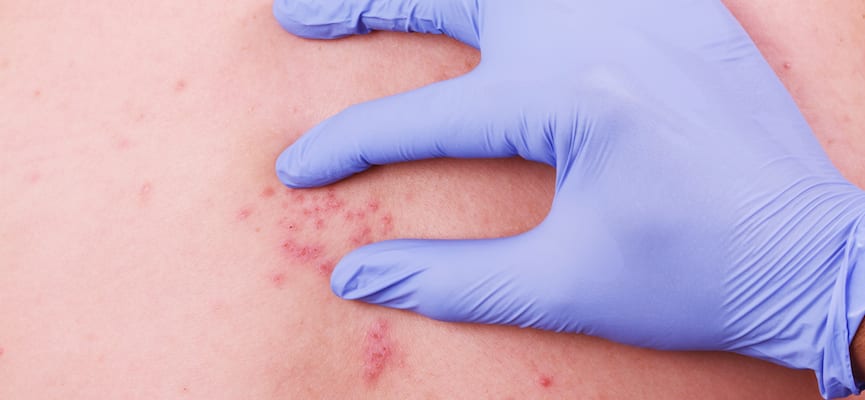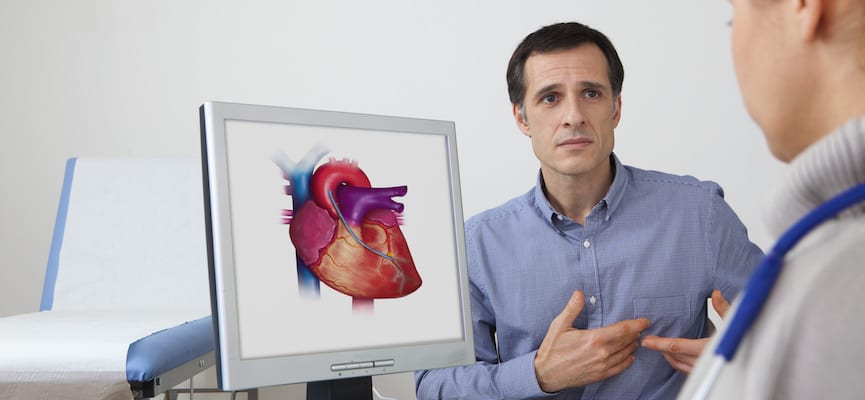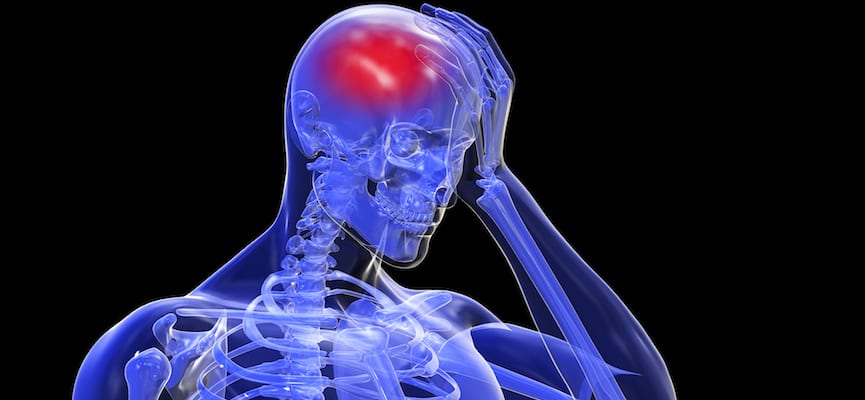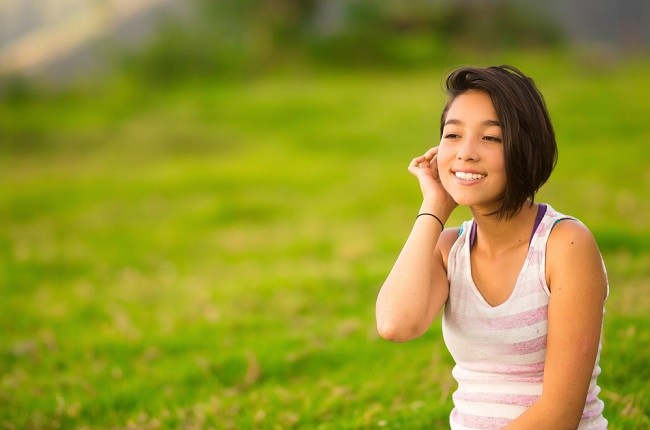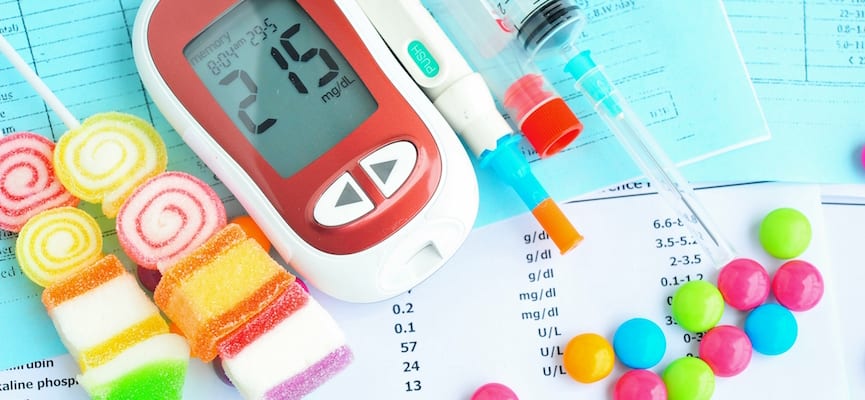
As many as 350 million people worldwide have diabetes.In 2004, approximately 3-4 million people died of high blood sugar levels.More than 80% of deaths from diabetes disease occurred in countries with medium and low income levels.WHO estimates that the number of deaths due to diabetes will increase two-fold over the period 2005-2030.
Cause
The principle causes of this disease of any kind is a disruption of the body's ability to use glucose into cells.Normal body is able to break down the sugars and carbohydrates you eat into a special sugar called glucose.Glucose is the fuel for the cells in the body.To enter the glucose into the cells needed insulin.In people with diabetes, the body does not have insulin (Type 1 diabetes) or insulin that is inadequate (Type 2 diabetes).
Because the cells can not take up glucose, the glucose accumulates in the blood stream.High blood glucose levels can damage the small blood vessels in the kidneys, heart, eyes, and nervous system.Therefore, untreated diabetes can lead to heart disease, stroke, kidney disease, blindness, and nerve damage in the legs.
Symptoms
Both types of diabetes have some of the same symptoms and signs:
- Hunger and fatigue.The body converts food into glucose which is used to produce energy.When insulin is not optimal anymore or does not exist, then the body will feel tired easily and quickly hungry.
- Urinate more frequently and being easily thirsty.The average person usually urinate between 4-7 times in 24 hours, but people with the disease may become more frequent.Why?Usually the kidney will absorb glucose followed by absorption of water.But in people with diabetes, blood sugar levels have been increased so that the body may not absorb the glucose.Finally, the water that passes through the kidneys into more.
- Dry mouth and itchy skin.Because of the frequent need to urinate, there is a shortage of water in other body parts.You can become dehydrated and dry mouth.Dry skin can make you itch.
- Blurred vision.Changes in the level of fluid in the body can make the lens in the eye to swell so that the eye lens to change shape and lose the ability to focus.
In certain circumstances, there are symptoms that tend to appear after the glucose has been high for a long time.
- Fungal infections.Both men and women with diabetes could be affected by this.Fungi like glucose, so people with diabetes make easy growing mushrooms.Infection can be grown in areas of the skin that is warm and moist skin folds crate that is in anntara fingers and toes, under the breasts, around the sex organs
- Slow wound healing.Over time, high blood sugar can affect blood flow and cause damage to the nerves that make your body difficult to heal wounds.
- Pain or numbness in the legs.
- Weight loss.If the body can not get energy from you, the cell will begin to burn muscle and fat to obtain other energy sources instead.Patients will lose weight despite not exercising or not eating less.
- Nausea and vomiting.When the body burns energy sources other than glukossa, the burning it in the form of "ketone." The blood may fall under acidic pH conditions, the condition may be life-threatening called diabetic ketoacidosis. Ketones can cause abdominal pain, nausea, and vomiting.
Treatment of Diabetes Type 1 and 2
Diabetes Type 1
Diabetes Type 1 diabetes is also calledinsulin-dependent.Had called the child-onset diabetes, because it often begins in childhood.But over time, many studies have shown that this type can also appear in adults.
Type 1 diabetes is an autoimmune condition.This is due to the pancreas are attacked by antibodies patient's own body.In patients with this type, a damaged pancreas does not make insulin.This type of diabetes can be caused by genetic predisposition.
A number of medical risks associated with type 1 diabetes
Many of them come from damage to small blood vessels in your eyes (called diabetic retinopathy), nerve (diabetic neuropathy), and kidney (diabetic nephropathy).Even more serious risk is the increased risk of heart disease and stroke.
Treatment for Type 1 are with the administration of insulin, by injection through the skin into the fat tissue (biasasnya in abdominal fat tissue).
Diabetes Type 2
By far, most forms of the disease is type 2 diabetes 95% of cases are found in adults.Type 2 This used to be called adult-onset diabetes, but with many cases of epidemic of obesity in children, many new teens who are also experiencing this type.Type 2 diabetes is also called non-insulin dependent diabetes.
Type 2 diabetes usually milder than type 1 because the pancreas is actually able to produce insulin, but because of the lifestyle and the food was not awake, pancreas experiencing "fatigue".The pancreas is able to produce some insulin.But the amount produced is not sufficient for the needs of the body or other body cells become "resistant" to insulin so that the cells become insulin resistant.Insulin resistance, or a lack of sensitivity to insulin, occurs mostly in fat cells, liver, and muscle cells.
Same as type 1, type 2 is capable of causing health complications, especially in the smallest blood vessels in the body such as the kidneys, nerves and eyes.Type 2 diabetes also increases the risk of heart disease and stroke.
People who are obese - with a body weight of more than 20% of ideal body weight - very high risk for developing this type.Obese people tend to have insulin resistance.With insulin resistance, the pancreas has to work too hard to produce more insulin.But despite that, there is not enough insulin to maintain normal sugar.
There is no cure for this disease.At first, type 2 diabetes can be controlled with weight management, nutrition, and exercise.Typically, this type is growing faster in the end, so that the antidiabetic drug is often needed.
A1C test is a blood test that estimated average glucose levels in your blood during the previous three months.Periodic A1C testing may be advised to see how well diet, exercise, and medications work to control blood sugar and results to be seen to prevent organ damage.A1C test is usually done a few times a year.
Call your doctor if:
- Feeling very severe abdominal pain, weakness, and very thirsty
- When urinating very frequently and more
- Breathing deeper and faster than normal (Kusmaull breath, one marker of severity in diabetes)
- Have a sweet-smelling breath like nail polish.(This is a sign of very high levels of ketones
(dr. Ursula Penny)

